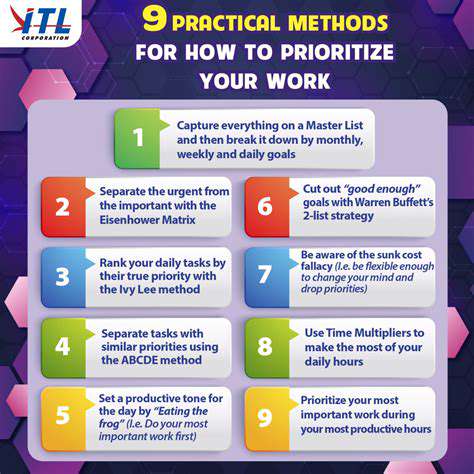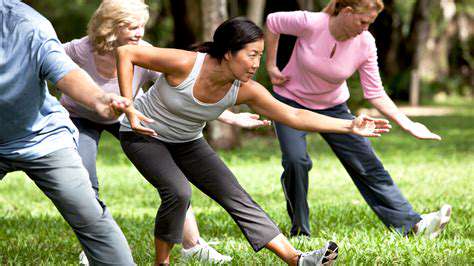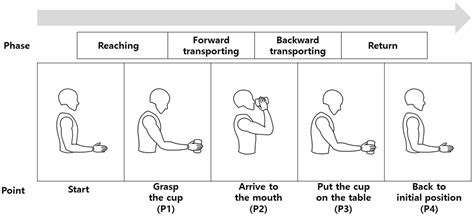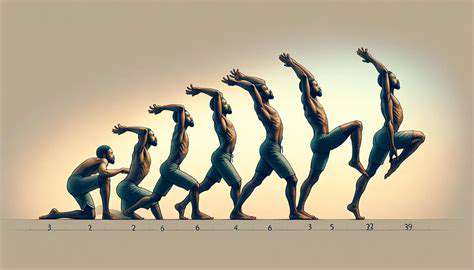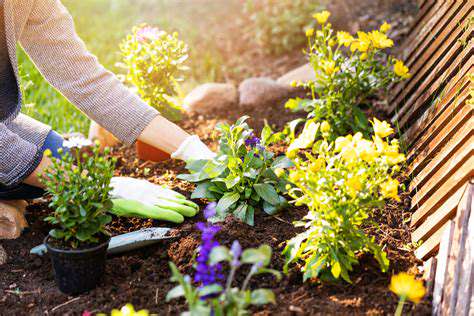Staying Active and Engaged Through Gardening
Tailoring Activities for Diverse Needs
Successful gardening programs don't take a one-size-fits-all approach. For children, incorporate quick-growing plants like radishes to maintain interest. Seniors might prefer seated gardening stations with ergonomic tools. Those with cognitive differences benefit from clear visual cues—think color-coded planting zones or pictorial instructions.
I've seen community gardens where each raised bed was designed for specific needs: one at wheelchair height, another with sensory plants for autism programs, and a third with extra-wide paths for walkers. This thoughtful planning makes all the difference between participation and exclusion.
Promoting Collaboration and Interaction
Gardening naturally fosters teamwork when designed intentionally. Try a three sisters planting project where corn, beans, and squash grow symbiotically—each plant type tended by different groups who must coordinate care. Or create a communal herb spiral where individuals maintain different sections that combine to benefit all.
The most vibrant gardens I've witnessed weren't about perfect produce, but about the conversations that grew alongside the plants. A dementia care program found residents who hadn't spoken in months began sharing childhood gardening memories when handling familiar herbs.
Developing Supportive Environments
Physical accessibility is just the beginning—emotional safety matters equally. Train volunteers in disability awareness and conflict resolution. Create quiet zones for overstimulated participants. Stock adaptive tools like grip-enhancing gloves or lightweight watering cans. Remember to accommodate invisible needs too; someone with PTSD might need advance notice before using loud equipment.
At a veterans' therapy garden, they instituted a no wrong way policy—whether someone weeds methodically or just sits enjoying the scents, both are valued contributions. This philosophy builds confidence along with crops.
Evaluating and Adapting Strategies
Effective programs evolve through continuous feedback. Simple surveys with pictorial answer options gather input from non-verbal participants. Track not just harvest yields, but social connections made. Notice which areas get the most use—that shady corner might need a bench, while the sunny spot could use more shade options.
The most successful gardens I've studied weren't static—they changed as their communities did. When neighborhood demographics shifted to include more immigrant families, one garden added culturally significant crops and saw participation triple.
Leasing offers distinct advantages for eco-conscious drivers exploring electric vehicles without large initial investments. Unlike conventional auto loans, lease agreements allow motorists to enjoy cutting-edge EV technology while sidestepping concerns about battery degradation over time. Typical lease payments frequently run 30-40% lower than loan payments for equivalent models, particularly appealing for technology enthusiasts who prefer upgrading every 2-3 years. Standard contracts span 24-60 month terms, though prospective lessees should scrutinize annual mileage allowances to avoid excess usage fees.
Creating a Thriving Community Through Shared Gardening
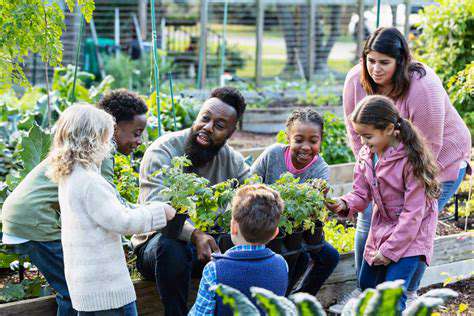
Fostering Connection and Belonging
Community gardens become social glue when designed intentionally. I've watched strangers become friends over tomato trellising, and neighbors share generational planting wisdom. The key is creating intentional gathering spaces—not just plots. Include a central seating area with a chalkboard for recipe sharing. Install a seed swap station where gardeners can trade surplus packets and stories.
One housing project transformed their vacant lot into a garden with a storytelling bench—anyone could sit there to share or listen. Within months, it became the neighborhood's living room, breaking down barriers between longtime residents and new immigrants.
Encouraging Active Participation
People engage when they feel ownership. Try a adopt-a-bed program where families personalize their plots with creative signs. Host monthly skill shares—maybe a retired farmer teaches composting while a tech-savvy teen demonstrates garden apps. The most active communities balance structure with spontaneity—scheduled workdays leave room for impromptu gatherings.
A school garden program saw participation soar when they let students design quirky scarecrows. The resulting creativity brought families together on weekends to maintain their whimsical creations.
Establishing Clear Communication Channels
Effective gardens use multiple communication methods: a weatherproof bulletin board for analog users, a WhatsApp group for tech-savvy members, and weekly garden walks for face-to-face updates. I've found the most inclusive systems combine high-tech and high-touch approaches. One community uses QR codes on plant markers linking to care instructions in five languages, while also hosting monthly question box sessions.
Color-coding works wonders—red flags mean help needed, yellow signals ready to harvest, green indicates community harvest—take what you need. Simple visual systems prevent language barriers from becoming participation barriers.
Cultivating a Culture of Trust and Respect
Successful gardens establish clear but flexible guidelines collaboratively. A three strikes rule for neglected plots works better when the community defines what constitutes neglect. Create a rotating garden council to address conflicts—maybe a retired teacher mediates one season, a social worker the next.
The healthiest gardens I've observed have explicit give and take policies—maybe you volunteer two hours before taking produce, or contribute seeds to access the tool shed. This reciprocity builds mutual respect organically.
Providing Resources and Support
Think beyond gardening tools—one community center loans out cooking equipment for harvest celebrations. Another partners with the local library for garden-themed storytimes. The most innovative programs bridge gardening with other needs—a food bank garden offers nutrition classes, while a therapy garden provides mental health resources.
Don't overlook digital resources—YouTube tutorials in multiple languages, apps that identify pests, or virtual garden tours can empower participants between visits. The key is meeting people where they are—literally and figuratively.
From Seed to Success: Cultivating a Sustainable Lifestyle
Understanding the Foundation: Seeds of Sustainability
Sustainability isn't about perfection—it's about progression. Start by auditing your daily routines: could that coffee commute become a walking meeting? Might your balcony host herbs instead of ornamentals? Small, consistent changes outpace occasional grand gestures. I've watched families reduce waste by 40% simply by switching to cloth napkins and installing a compost bin—no dramatic lifestyle overhaul required.
Minimizing Your Environmental Footprint
Practical sustainability means working with your existing habits. If you forget reusable bags, store them by the door with your keys. Hate meal planning? Try root-to-stem cooking—those beet greens become pesto, citrus peels transform into cleaners. The most effective green habits fit seamlessly into established routines.
One apartment dweller created a green hack for limited space—a vertical garden using recycled soda bottles that watered itself via a repurposed aquarium pump. Innovation thrives within constraints.
Nourishing Your Body and Mind
Seasonal eating doesn't require farmer's market devotion. Start by adding one local ingredient weekly—maybe apples in fall, asparagus in spring. Notice how foods taste better when naturally ripe, and how your grocery bill shrinks when buying what's abundant. A client reduced her food budget 25% while eating better simply by aligning her meals with seasonal surpluses.
Cultivating Community
Sustainability magnifies through collaboration. Initiate a neighborhood tool library—why own a ladder when ten families can share? Organize a skill swap—your baking lessons for someone's sewing expertise. The greenest communities I've seen operate like ecosystems—waste from one becomes resource for another. A suburban block transformed their yards into complementary micro-farms: one house grew veggies, another kept bees, a third maintained compost for all.
Embracing Minimalism
Decluttering creates mental space alongside physical space. Try the one-in-one-out rule—new shoes in means old ones donated. I've watched clients discover unexpected joy in owning less but better—that one perfect cast-iron pan replacing a cabinet of cheap cookware. A teacher reduced stress by creating a digital garden—unsubscribing from newsletters, organizing files like planting zones, experiencing inbox zero as mental weeding.
Harnessing Technology
Smart tech can simplify sustainability—apps that track energy use, gadgets that automate watering. But the most impactful technologies are often the simplest—a drying rack over a dryer, a pressure cooker that slashes cooking time (and energy). One family cut their electric bill in half using smart power strips that eliminate phantom loads—technology serving sustainability without complexity.





